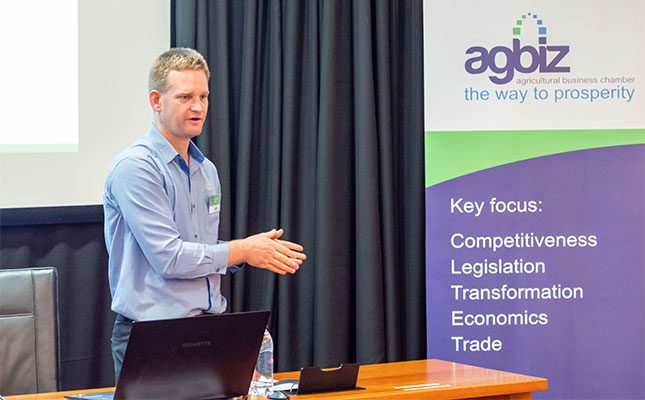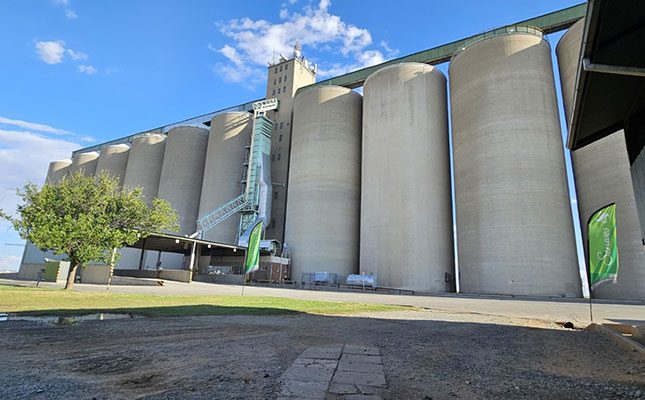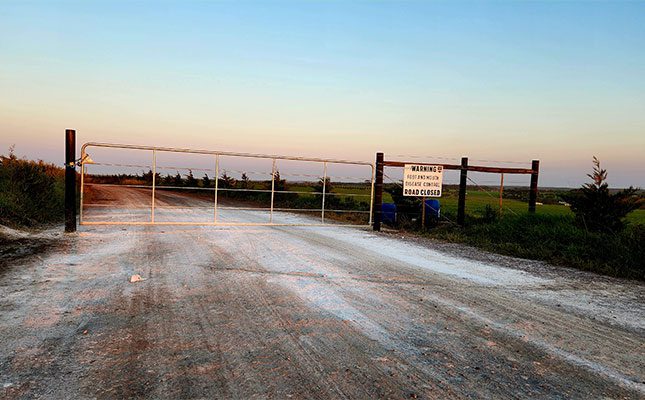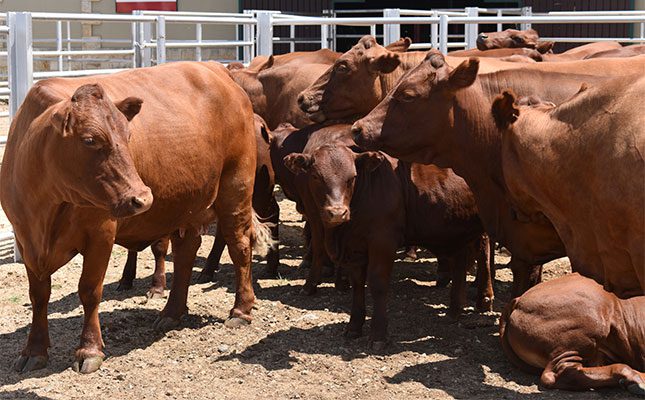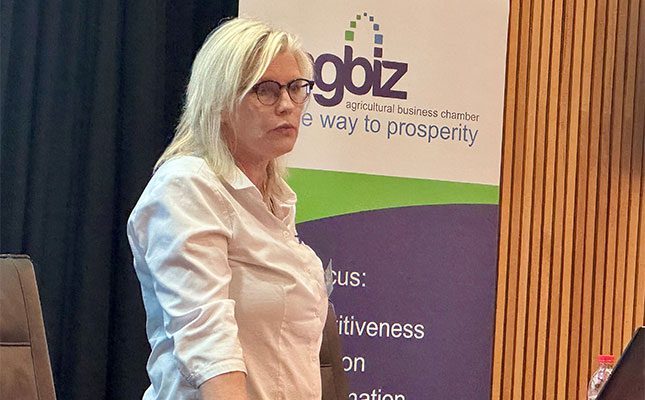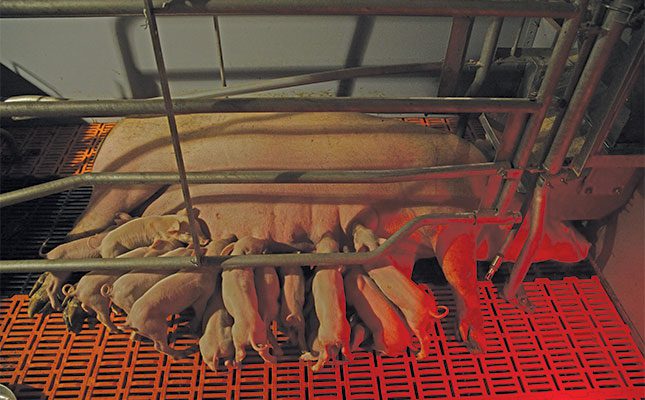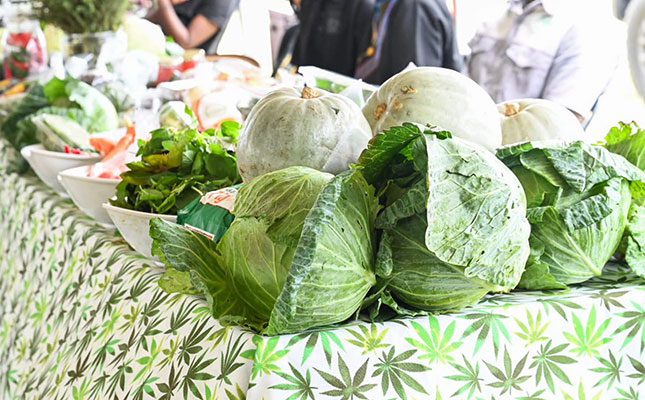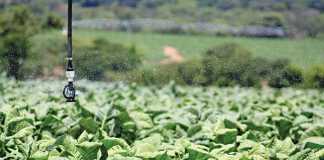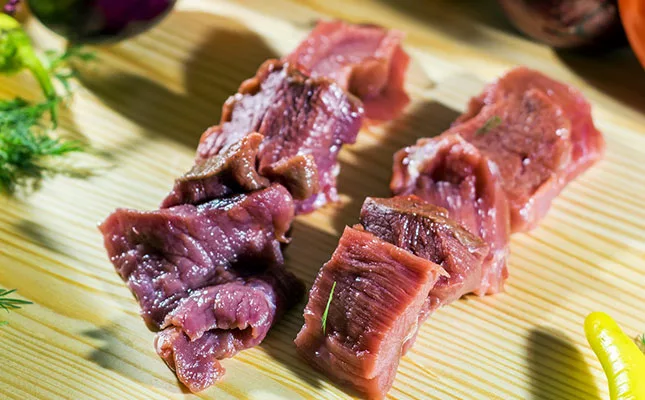
Photo: Pixabay
According to information available in reports by the Bureau for Food and Agricultural Policy (BFAP), the National Agricultural Marketing Council, and a 2023 value chain profile by the Department of Agriculture, South Africa’s national goat herd was estimated at 7,8 million animals. This included Boer goats, Savannas, Kalahari Reds, Indigenous Veld Goats, and Angoras.
Of these, roughly 1,8 million were categorised as commercial goats, with the balance owned by smallholders, subsistence farmers, and rural households.
The BFAP’s Baseline 2025 report estimated that more than three million goats were slaughtered annually in South Africa’s informal market, including for household consumption as well as traditional, religious, or ceremonial rituals.
The consensus across various reports was that only about 0,5% of slaughterings were via formal abattoirs. In theory, this would amount to roughly 15 000 animals per year out of an estimated three million.
Red Meat Industry Services (RMIS) collates information from registered abattoirs across the country. Dr Phillip Oosthuizen, chief operational officer at RMIS, told Farmer’s Weekly that their statistics are based on statutory levies collected from 1 November to 31 October the following year.
He added that more than 9 000 goats had been slaughtered via formal market channels so far this year, from November 2024 to the end of August 2025.
“[These are] goats that have been slaughtered and for which statutory levies have been received, meaning they were slaughtered at a commercial abattoir,” he explained.
If one compares slaughter statistics for sheep and goats, the RMIS data indicate that more than four million sheep were slaughtered, compared with fewer than 10 000 goats over the same period.
Dr Frikkie Maré, CEO of the Red Meat Producers’ Organisation (RPO), confirmed that very few formal statistics existed for goat meat in South Africa, with most trade consisting of live animals sold for ritual or household slaughter.
He added that statistics from formal channels had shown an increasing trend over the past three years. Figures supplied to the RPO by industry body Agri Levy Services indicated that 11 578 goats were slaughtered at commercial abattoirs during the 2023/24 period, compared with 1 144 during 2022/23.
Agricultural market analysis company AMT provides up-to-date goat meat prices in the country, based on information received from several major auction houses.
The report for goat sales for the week ended 26 September revealed that just over 1 000 goats were traded at auctions in the formal sector. These were live animal sales, potentially destined for slaughter, breeding, or ritual purposes.
The average price ranged from R47,18/kg to R67,40/kg, depending on age and gender, with weights ranging from 23kg for small goats to 48kg for large ones. This translated to an average price of R1 559 to R2 265 per animal across the various categories.
One reason suggested for the disparity between informal and formal markets was that prices for animals used in ritual slaughter often far exceeded the average price per kg for a goat carcass.
Goats are important in various Hindu and Muslim events, as well as in numerous African cultural practices, including ceremonies for births and deaths. Colour and size are often deemed more important than weight.

